I'm a sucker for Mystery Cosmic Rays Zapping anything.
Cosmic rays zapping the Earth over the South Pole appear to be coming from particular locations, rather than being distributed uniformly across the sky. Cosmic ray "hotspots" have also been seen in the northern skies too, yet there is no source close enough to produce this strange pattern.
"We don't know where they are coming from," says Stefan Westerhoff of the University of Wisconsin, who used the IceCube neutrino observatory at the South Pole with a team of colleagues to create the most comprehensive map to date of the arrival direction of cosmic rays in the southern skies.
IceCube detects muons produced by neutrinos striking ice, but it also detects muons created by cosmic rays hitting Earth's atmosphere. These cosmic ray muons can be used to figure out the direction of the original cosmic ray particle.
Between May 2009 and May 2010, IceCube has detected 32 billion cosmic-ray muons, with a median energy of about 20 teraelectronvolts (TeV). These muons revealed, with extremely high statistical significance, a southern sky with some regions of excess cosmic rays ("hotspots") and others with a deficit of cosmic rays ("cold" spots).
..
One of the hotspots seen by IceCube points in the direction of the Vela supernova remnant, a possible source of cosmic rays, but it's almost 1000 light years away. Its source supernova exploded about 800 light years away in the southern constellation, Vela. The Vela pulsar, made by astronomers at the University of Sydney in 1968, was the first direct observational proof that supernovae form neutron stars.
..The Vela pulsar is a neutron star. More massive than the Sun, it has the density of an atomic nucleus. About 12 miles in diameter it spins 10 times a second as it hurtles through the supernova debris cloud. The pulsar's electric and magnetic fields accelerate particles to nearly the speed of light, powering the compact x-ray emission nebula revealed in the Chandra picture. The Vela pulsar and the supernova remnant was created by a massive star which exploded over 10,000 years ago.
Cosmic rays coming from such large distances should be constantly buffeted and deflected by galactic magnetic fields on route, and should thus have lost all directionality by the time they reach Earth. In other words, such long-distance cosmic rays should appear to come from all parts of the sky.
Milagro has also seen hotspots that appear to come from implausibly distant sources. As an explanation, Felix Aharonian of the Dublin Institute for Advanced Studies in Ireland and colleagues have suggested that there could be a "tube" of magnetic field lines extending between the source and our solar system, funnelling the cosmic rays towards us. However, Aharonian admits the theory is highly speculative.
So many simultaneous, large scale discoveries, so little time or peace to process, integrate, and apply to the collective psyche. With each bit of information, the understanding of our reality expands and morphs into something new, the endpoint a place of which we can't yet imagine, but will eventually, as the pieces continue to interlock and the unifying picture emerges.
Cosmic rays zapping the Earth over the South Pole appear to be coming from particular locations, rather than being distributed uniformly across the sky. Cosmic ray "hotspots" have also been seen in the northern skies too, yet there is no source close enough to produce this strange pattern.
"We don't know where they are coming from," says Stefan Westerhoff of the University of Wisconsin, who used the IceCube neutrino observatory at the South Pole with a team of colleagues to create the most comprehensive map to date of the arrival direction of cosmic rays in the southern skies.
IceCube detects muons produced by neutrinos striking ice, but it also detects muons created by cosmic rays hitting Earth's atmosphere. These cosmic ray muons can be used to figure out the direction of the original cosmic ray particle.
Between May 2009 and May 2010, IceCube has detected 32 billion cosmic-ray muons, with a median energy of about 20 teraelectronvolts (TeV). These muons revealed, with extremely high statistical significance, a southern sky with some regions of excess cosmic rays ("hotspots") and others with a deficit of cosmic rays ("cold" spots).
..
One of the hotspots seen by IceCube points in the direction of the Vela supernova remnant, a possible source of cosmic rays, but it's almost 1000 light years away. Its source supernova exploded about 800 light years away in the southern constellation, Vela. The Vela pulsar, made by astronomers at the University of Sydney in 1968, was the first direct observational proof that supernovae form neutron stars.
..The Vela pulsar is a neutron star. More massive than the Sun, it has the density of an atomic nucleus. About 12 miles in diameter it spins 10 times a second as it hurtles through the supernova debris cloud. The pulsar's electric and magnetic fields accelerate particles to nearly the speed of light, powering the compact x-ray emission nebula revealed in the Chandra picture. The Vela pulsar and the supernova remnant was created by a massive star which exploded over 10,000 years ago.
Cosmic rays coming from such large distances should be constantly buffeted and deflected by galactic magnetic fields on route, and should thus have lost all directionality by the time they reach Earth. In other words, such long-distance cosmic rays should appear to come from all parts of the sky.
Milagro has also seen hotspots that appear to come from implausibly distant sources. As an explanation, Felix Aharonian of the Dublin Institute for Advanced Studies in Ireland and colleagues have suggested that there could be a "tube" of magnetic field lines extending between the source and our solar system, funnelling the cosmic rays towards us. However, Aharonian admits the theory is highly speculative.
So many simultaneous, large scale discoveries, so little time or peace to process, integrate, and apply to the collective psyche. With each bit of information, the understanding of our reality expands and morphs into something new, the endpoint a place of which we can't yet imagine, but will eventually, as the pieces continue to interlock and the unifying picture emerges.






























































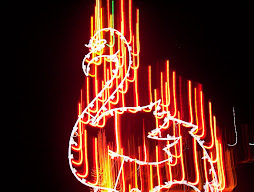




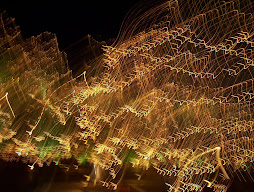

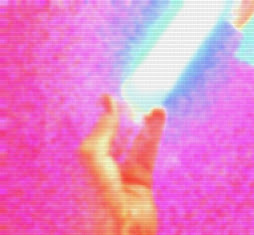









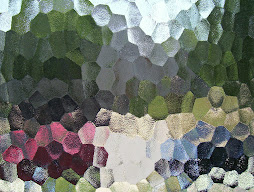
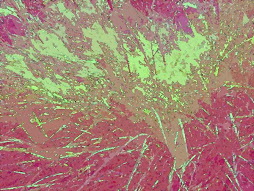
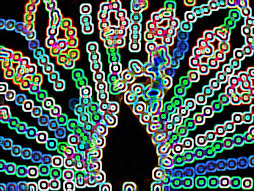









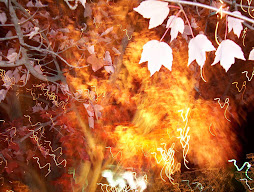













No comments:
Post a Comment